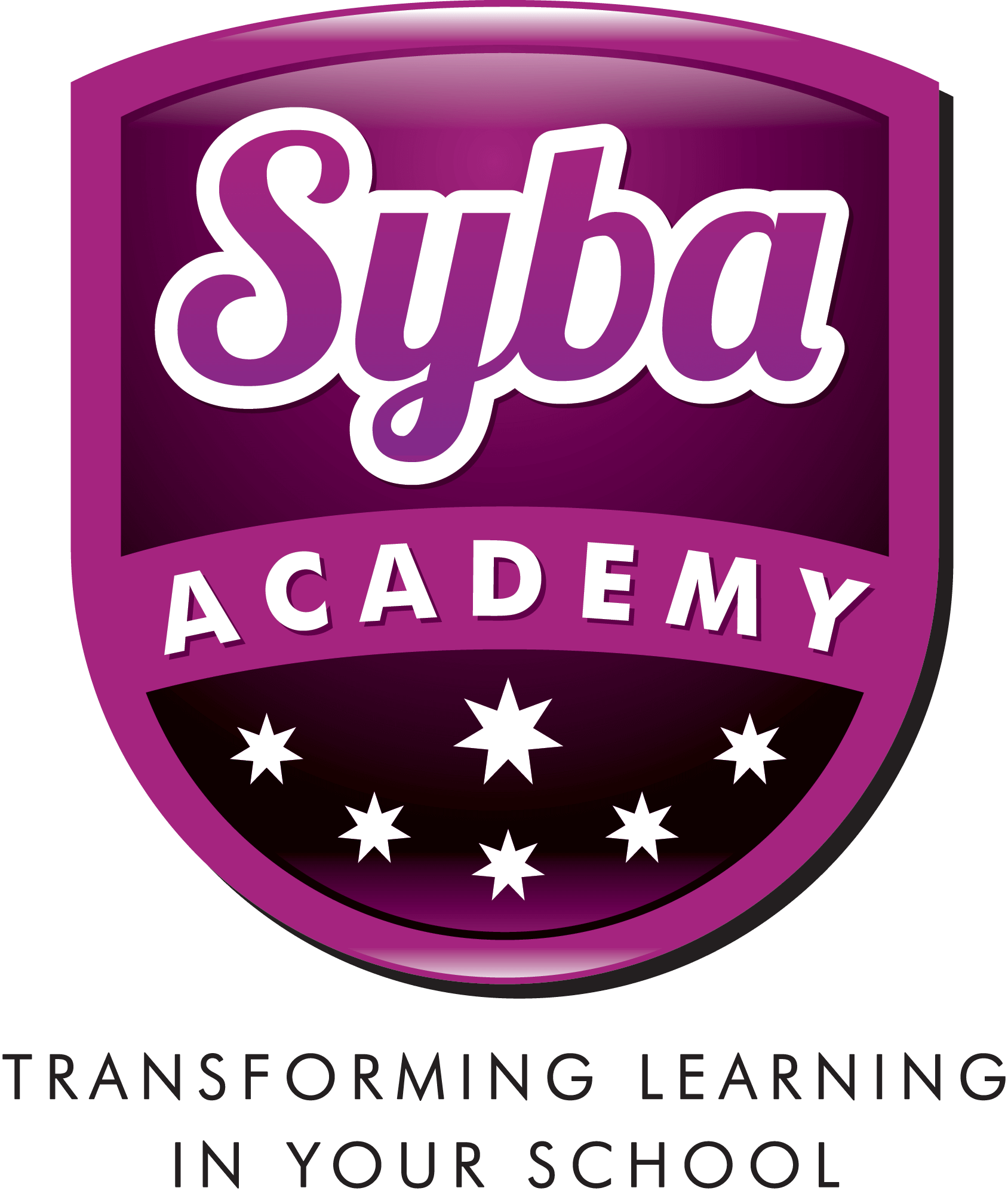Digital Curation: An essential skill for Teacher Librarians
The Teacher Librarian as a digital curator
The teacher librarian is an important partner for teachers who are designing inquiry units. In fact, a teacher librarian who has digital
curation knowledge and skills is an incredible asset to a school community in resourcing new Australian Curriculum. Before students launch
into searching Google independently, why not provide them with a carefully selected collection of the most relevant, quality digital
resources on their specific topic or theme via a curated portal. In other words, they are provided with a portal that encourages guided
search and discovery to support knowledge building.
Digital curation is not, however, just about collecting links. It is more about contextualising a specific collection and providing annotations that highlight those aspects of each resource that can contribute to other’s understanding of the particular topic or theme. This is where the ‘curator’ adds value.
Developing a digital curation toolkit
Some teacher librarians are already harnessing the power of digital curation
tools. These include:
Scoop.it!
Pinterest
Storify
Bundlr
Learnist
Listly
Digital curators often use Twitter, Facebook, and news aggregators such as Feedly, Flipboard and Stumble
Upon to
discover newly published content. Twitter, Facebook, Google+ and LinkedIn can
be used to publicise and share one’s curation efforts. Others use curation plug-ins or widgets to directly publish curated content onto a
blog such as WordPress or Tumblr.

Screenshot of 'Australian Curriculum Resources’ Scoop.it by Bookmarking Librarian at www.scoop.it/t/australian-curriculum-resources
How do I get started?
Here’s a few tips on how to get started as a digital curator:
- search a range of digital curation platforms for existing collections
- identify ‘good’, ‘expert’ curators to follow
- become familiar with the features of a core set of tools to support curation practices – don’t spread yourself too thin
- create links to existing collections of other curators that ‘match’ your school’s needs – don’t reinvent the wheel
-
be targeted – identify niche areas (or gaps) of the Australian Curriculum where your school needs considerable resourcing – seek quality,
relevance and currency
- remember – what you leave out is just as important as what you leave in!
- be sure to add value to your curation – annotations and tagging are essential
- make curation part of your daily practice but be sure to ‘contain’ your investment of time
- share – make your curated collections publicly available for others to use
